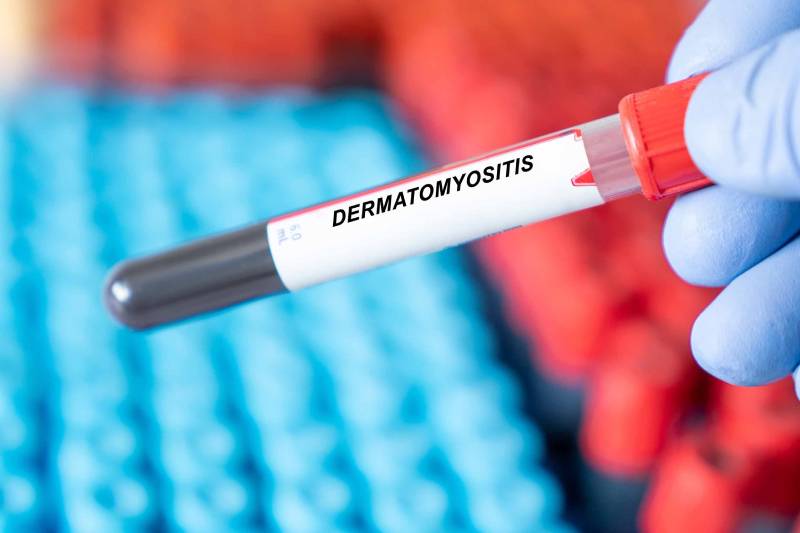7 Shetland Sheepdog Health Problems & Concerns (Vet Answer)
Updated on

Shetland Sheepdogs (Shelties) are loyal, gentle, and sensitive. Though weary of strangers, they are playful and love to please, making them great household pets. Like any living being, health issues can arise, and in Shelties, some of these issues may have an underlying hereditary cause.
We should make one thing clear—Shelties are hearty, agile, and intelligent dogs that live for 12–14 years. Most of the diseases mentioned below are rare in Shelties (with the exception of dental disease). However, research suggests that Shelties may be overrepresented for some diseases, meaning that even though the conditions are rare, they happen more commonly in Shelties than other breeds.
If you have a Sheltie, or if you’re thinking of bringing one into your family, it helps to know the health conditions that commonly affect this breed.
The 7 Common Sheltie Health Problems
1. Gallbladder Mucocele
The gallbladder is a sac found inside the liver and its job is to store and concentrate bile. Bile is the green-yellow substance released into the bowels to aid digestion—particularly digestion of fats. A gallbladder mucocele is a condition in which the gallbladder becomes distended with an accumulation of mucus. This mucus acts similarly to a stone sitting in the gallbladder, causing obstruction of bile flow and inflammation of the gallbladder lining.
Shetland Sheepdogs appear to be predisposed to developing gallbladder mucoceles. This condition results in loss of appetite, vomiting, diarrhea, and abdominal discomfort. As the disease progresses, the dogs’ gums take on an orange-yellow color known as jaundice. Gallbladder mucoceles are generally diagnosed using a combination of blood tests and abdominal ultrasound. While medications can be used to attempt treatment, surgery to remove the entire gallbladder generally provides the best prognosis.
2. Epilepsy
Epilepsy refers to repeated seizure episodes. Many conditions can cause seizures in dogs, but when no underlying cause is identified, the problem is categorized as “idiopathic epilepsy” or “primary epilepsy”. Shetland Sheepdogs may be more commonly affected by epilepsy than some other breeds. Dogs with epilepsy typically have their first seizure at a relatively young age: between 6 months and 3 years. A discussion about the diagnostic process for seizures is beyond the scope of this article, but it generally involves blood tests and some form of brain imaging (such as MRI).
Shetland Sheepdogs diagnosed with epilepsy will likely require lifelong medication with an anti-epileptic drug, which keeps the seizures under control.
3. Dermatomyositis (Sheltie Skin Syndrome)

Dermatomyositis is a hereditary, auto-immune condition of the skin, muscles, and blood vessels. This disease affects Collies, Shetland Sheepdogs, and crosses of these breeds. Generally, dogs become affected by dermatomyositis early in life, between 7 weeks and 6 months of age. The signs of this disease are numerous and highly variable. Skin lesions, hair loss, inflamed muscles, regurgitation, difficulty swallowing, weight loss, oral ulcers, and changes to gait are most common.
This condition is generally diagnosed by a combination of blood tests, biopsies, and response to treatment. It is important to mention that this disease cannot be cured, though it can usually be managed well enough that its signs are kept at bay.
4. Collie Eye Anomaly
Collie Eye Anomaly (CEA) is a heritable eye defect in which parts of the eye don’t form properly at birth. The normal structures and tissues of the eye, which are important for a dog’s eyesight, are either abnormal or missing. Shetland Sheepdogs, as well as Collies and crosses of these breeds, are the main breeds of dog affected by this disease. While some dogs with CEA have relatively good vision throughout their lives, other dogs are completely blind. CEA is diagnosed by visualizing the back of the eye, and identifying that tissues are missing.
Vets are able to do this using a special eye instrument called an ophthalmoscope, and CEA can generally be diagnosed at 6–7 weeks of age. This approximately coincides with most puppies’ first vaccination. While there is no treatment for CEA, there are good gene tests that allow the canine parents to be screened before mating.
5. Hip Dysplasia
It is important to mention that hip dysplasia is not unique to Shelties. Indeed, it affects a number of medium to large breeds of dogs, including Border Collies, Labrador Retrievers, and many more. Hip dysplasia is a hereditary and developmental condition in which the hip joint does not form properly. The normal hip joint, in both dogs and people, is a neat-fitting ball and socket, with the ball of the thigh bone sitting nicely in a dish in the hip bone. With hip dysplasia, the ball is misshapen and the socket is too shallow. In severe cases, the joint is almost dislocated. This incongruence and instability make the joint much more prone to arthritis. It is this arthritis that makes dogs sore, resulting in a limp or sway in the back end when exercising.
As with the previous diseases, the severity of hip dysplasia is variable: in mild cases, dogs can be managed for life with joint supplements and anti-inflammatory medications. In severe cases, dogs require corrective surgery in the form of a total hip replacement. X-rays are often used to diagnose hip dysplasia.
6. Dental Disease

Dental disease is very common in dogs. More specifically, we are referring to periodontal disease. This is inflammation of the gums and sometimes changes to the bone surrounding the teeth, as a result of plaque accumulation and bacterial infection. Anecdotally, Shetland Sheepdogs may be affected by this condition more than other breeds. Periodontal disease results in discoloration of the teeth, redness of the gum line, and bad breath. Severe cases may cause chewing discomfort, though most dogs will eat despite their periodontal disease.
So, what can be done to fix this? Daily brushing with pet-grade toothpaste and a dog-friendly toothbrush is the key to preventing the accumulation of plaque. Dental chews, which are designed to break off plaque while chewing, are another good option. If these methods are not effective, a thorough inspection and “clean-up” under anesthetic can be performed by a registered veterinarian.
7. Von Willebrand’s Disease (vWD)
Von Willebrand’s disease (vWD) is the most common inherited bleeding disorder in dogs. As a side note, it is also the most common bleeding disorder in people. This disease occurs due to a deficiency in a protein that is required to help platelets clot blood. Platelets are cell fragments responsible for stopping bleeding. While Dobermans are most commonly affected by vWD in the canine world, Shetland Sheepdogs also appear to be “overrepresented”, having abnormally low numbers of the von Willebrand factor protein.
Dogs suffering from vWD are prone to bleeding and bruising, as they are unable to clot blood. Sometimes, the disease is only noticed after routine surgery or blood collection is performed. There is no treatment for vWD. Severe cases of bleeding may require a blood transfusion. Otherwise, the condition can generally be managed with strict precautions at home.
Conclusion
Shetland Sheepdogs are great pets: intelligent, athletic, and loyal. Like many purebred dogs, certain hereditary diseases seem to be more common in Shelties, including gallbladder mucoceles, epilepsy, dermatomyositis, Collie Eye Anomaly, hip dysplasia, dental disease, and von Willebrand’s disease. Having said that, this should not deter you from buying or adopting a Sheltie.
It helps to be aware of the breed’s common health issues, as prompt intervention often leads to the best outcome, should these issues arise. We recommend finding a reputable breeder that is performing the appropriate genetic testing, and contacting your veterinarian if you have any concerns.
Featured Photo Credit: bilberryday, Shutterstock












